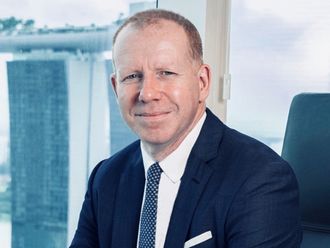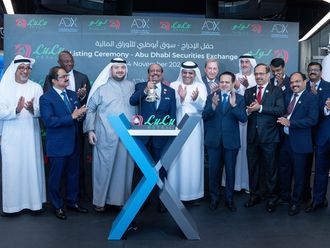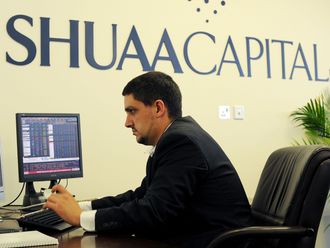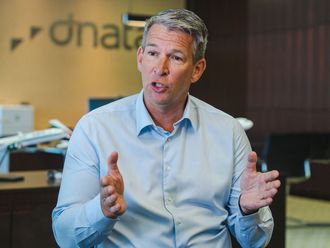To plug a growing supply-demand gap in the GCC’s health care sector, regional governments will require increased participation from the private sector, creating opportunities for listings and market consolidation.
This supply-demand gap is caused partially by population growth. The World Bank projects that the proportion of the GCC population aged 65 years and above will grow to 20 per cent by 2050, up from 2 per cent today. Added to this, chronic illnesses, such as hypertension and diabetes, are rising fast due to lifestyle influences and obesity. And the introduction of mandatory health insurance for the private sector has affected a growing expat population, who is normally not entitled to free treatment in government hospitals.
Governments in the Middle East have historically been the primary investors in health care infrastructure, and public hospitals still dominate the GCC health care market. Governments are increasing capacity, with the UAE and Saudi Arabia accounting for the majority of new health care infrastructure projects.
But to support the demand for more tertiary and specialised medical care, the GCC is witnessing an increase in public-private partnerships and regulatory reforms to encourage the growth of private clinic and hospitals.
Dubai Healthcare City, for example, has attracted numerous centres and specialised clinics to the UAE. Partnerships with internationally renowned US and European medical schools and hospitals such as Cleveland Clinic in Abu Dhabi, Imperial College London Diabetes Centre, and new entrants such as Kings College Hospitals London Abu Dhabi Clinic, have helped to set up world-class hospitals and teaching facilities locally.
Investors can play these themes through private health care providers listed on regional and international exchanges. Prime examples are NMC Health and Al Noor Hospitals Group, which was listed on the London Stock Exchange until it merged with Mediclinic International in February 2016. Both of the leading GCC health care providers chose to list on the LSE to tap into a wider international investor base, secure higher liquidity for shares post-listing, and achieve better valuations.
After witnessing the significant success of the two regional IPOs in London and subsequent strong share price performances, further health care operators may be tempted to list in London.
But foreign listings are more complex as well as more costly, and it is likely that only larger regional health care operators will find the benefits outweighs the costs. Smaller operators will benefit from listing on markets like the Saudi Tadawul, as seen with Mouwasaat Medical Services, Dallah Healthcare, Al Hammadi Hospital, and Middle East Healthcare Company.
We are also likely to see more consolidation among the regional private sector health care providers, along the lines of Mediclinic and Al Noor Hospitals Group. The UAE is now approaching 100 public and private hospitals, and well over 2,000 health care centres and clinics, creating pressure for smaller and medium-sized operators, many of whom are running at sub-optimal occupancy, to manage their cost base and sustain profitability in the face of such competition.
The funders of the system, such as insurance companies, are themselves under a great deal of pressure from excessive claims by their corporate clients, and they are looking to have smaller, more efficient networks of clinics and hospitals to send their patients.
Fragmentation in the industry is likely to lessen over time, and a few larger operators are likely to dominate. In addition, we will likely see continued interest by international operators looking to expand their operations in the lucrative GCC markets, as was the case in the Mediclinic International acquisition of Al Noor Hospitals Group.
— The writer is Chief Operating Officer of Asset Management at Invest AD.












